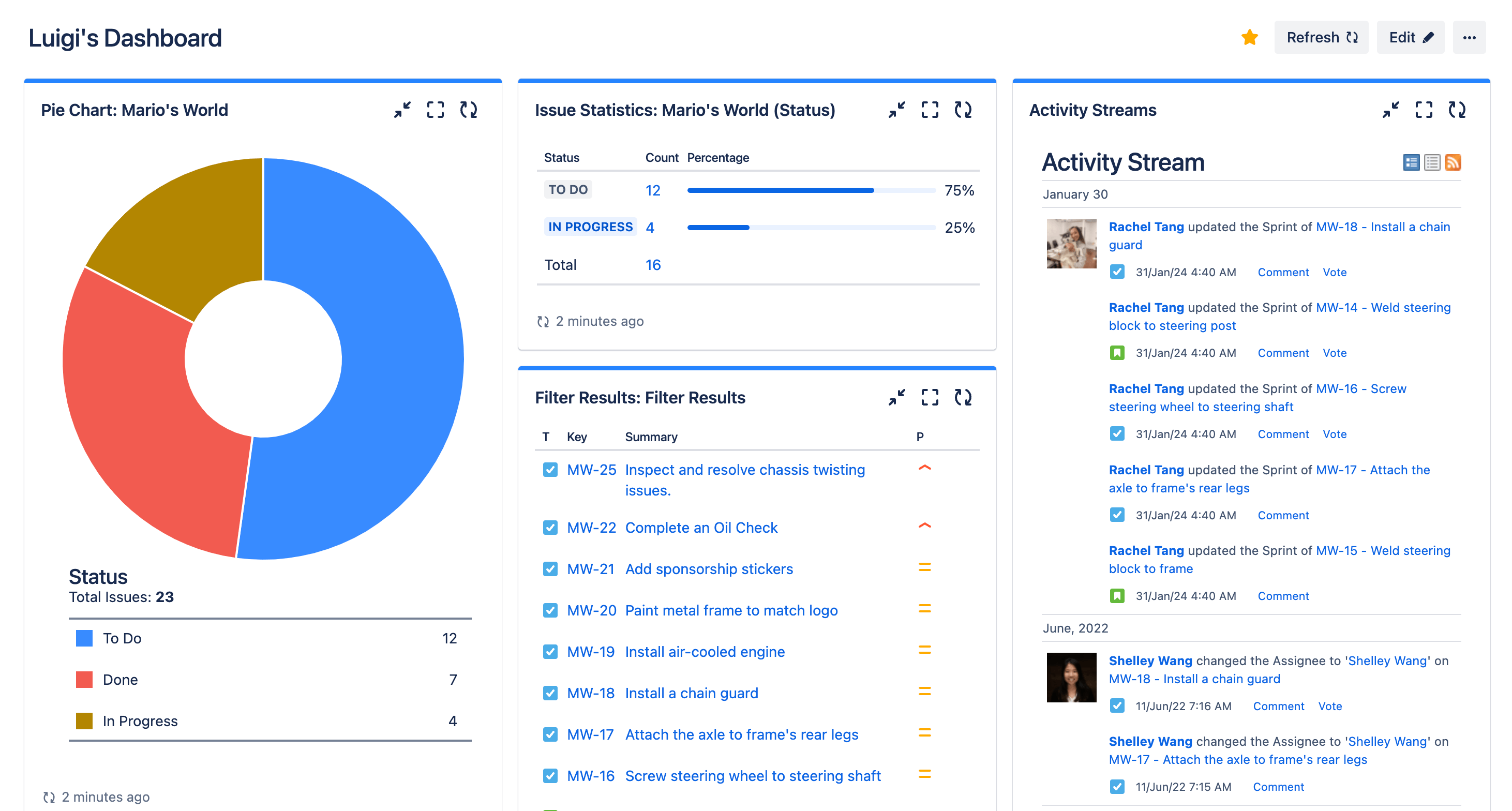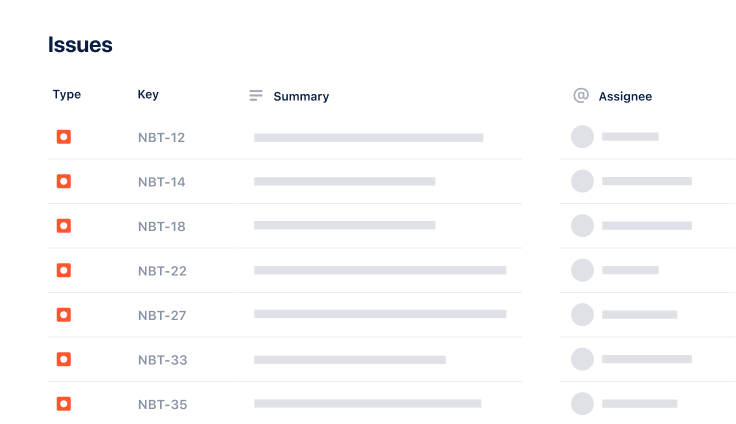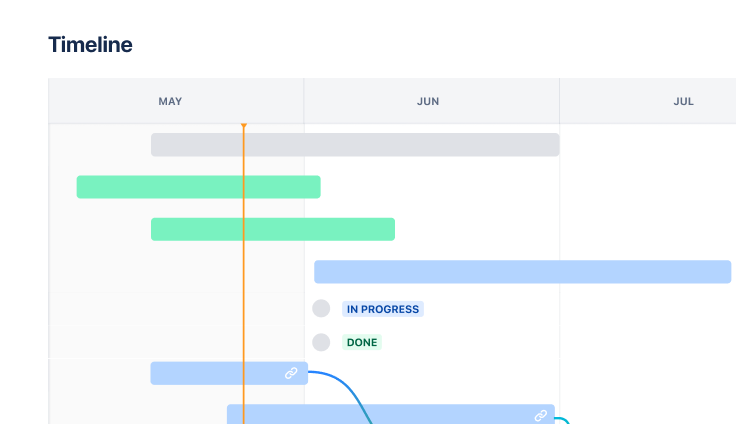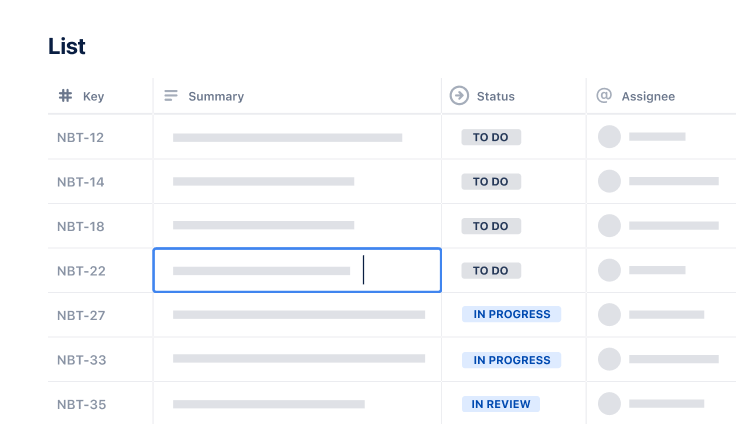Issue log template
No matter what issues arise in your project, you can use this issue log template to capture and track them on their way to resolution.
best for
Project management
Operations
key features
Task planning
Prioritization
Pipeline management
What is an issue log template?
Issue log outline
The issue log template in Jira Software is a blueprint for documenting and monitoring problems that arise during a project. The pre-built structure of the template gives you key fields to fill in details, such as issue description, priority, status, and owner.
This ensures you have consistent documentation for recording issues that come up during a project life cycle. The predefined template makes it quicker to identify critical problems and immediately assign issues to team members to resolve. Ultimately, the log is a tool that keeps stakeholders informed about potential roadblocks so the team can navigate all project challenges effectively.
Project management tool
The issue log is a tool that helps teams manage projects more efficiently. Its structure, including issue descriptions, makes it easy for stakeholders to pinpoint issues.
It allows teams to assign issues to owners and prioritize them on a visual board. As team members complete work to resolve an issue, the issue moves to the “done” column. The issues log template allows project owners to monitor progress and keep the project moving smoothly toward completion.
What does the issue log template include?
Issue details
The issue log includes a detailed explanation of each issue the team encounters. The template contains input fields for pertinent information, such as a description of the problem, the team member who will solve it, its priority, and its current status. The issue log is a single source of truth for details of each problem, making details easy to locate.
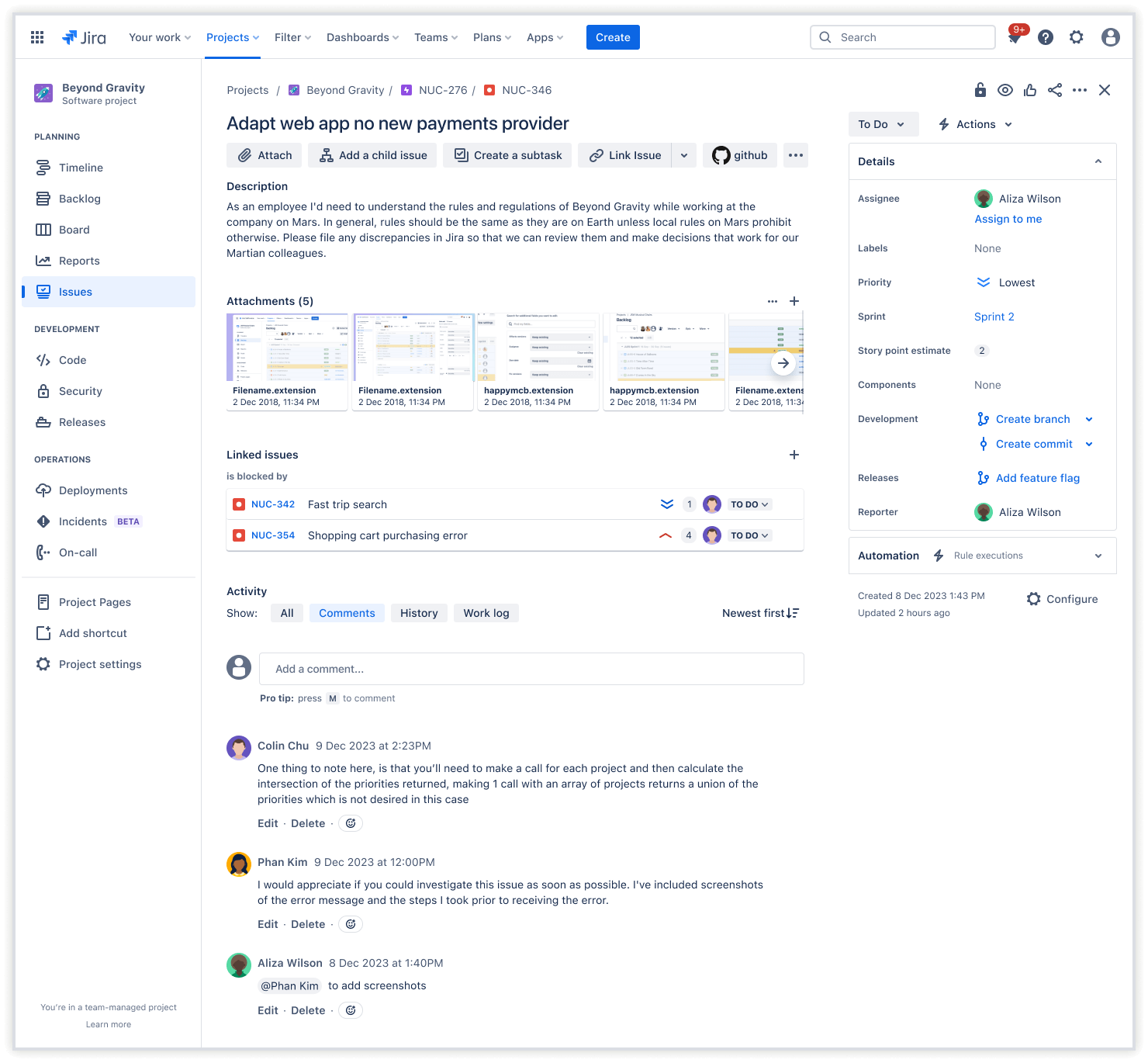
Project insights
In addition to listing project problems, the issue log tracker template provides insight into project status, including roadblocks and their potential impact on the project schedule, budget, and available resources. The issue log gives stakeholders a holistic view of the project challenges.
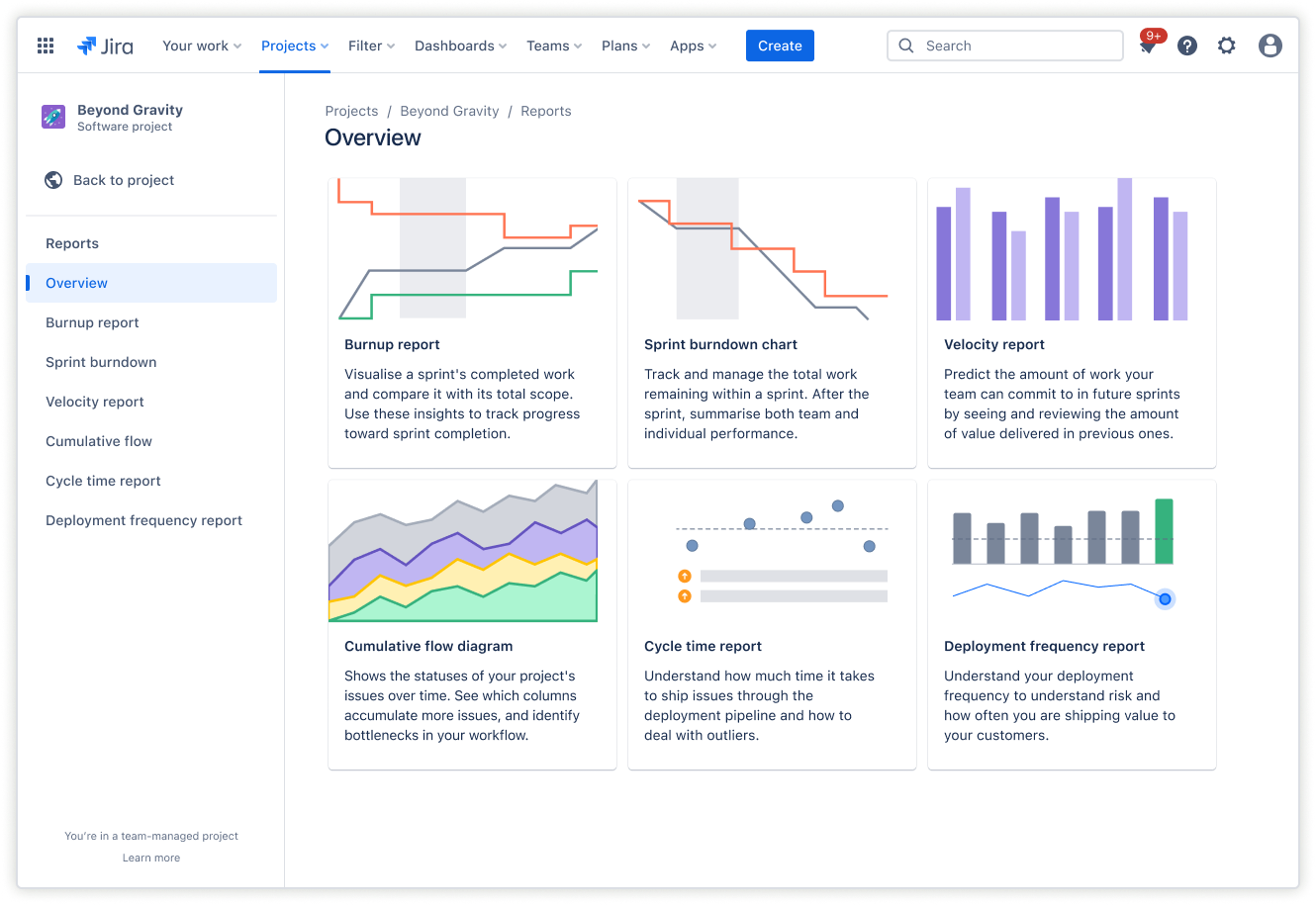
Timeline
The issue log template includes a timeline that you can use to associate deadlines and milestones with issue resolution. Use the timeline schedule and manage issues to give high-priority cases earlier deadlines or priority status. The timeline brings project management tools and principles into issue resolution. It encourages a strategic approach, transforming the issue log from a passive record into a control center for project success.
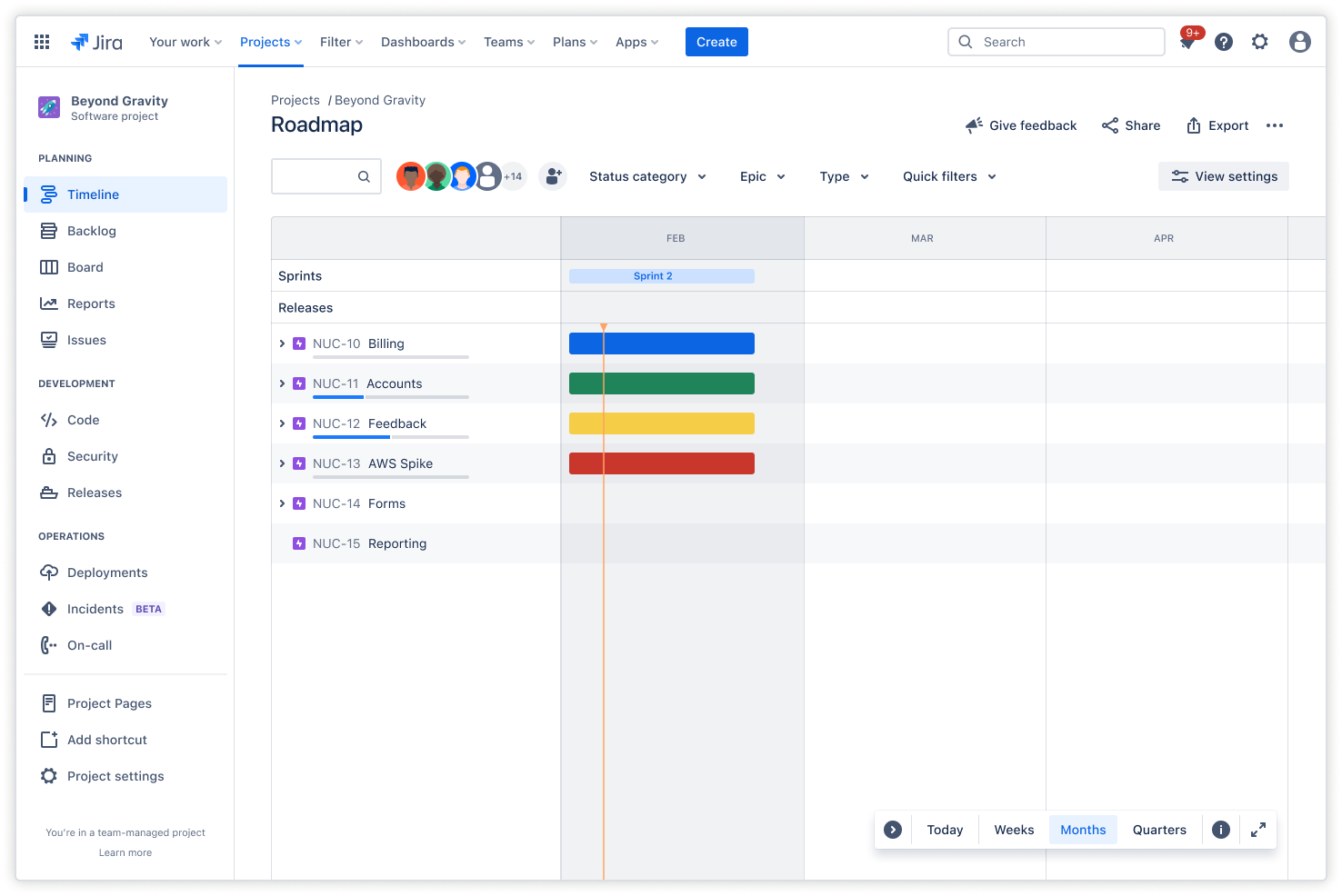
Automation
Automation turns your issue log into a valuable and efficient project management tool to eliminate extra work and boost productivity. You can automate the template to prepopulate fields with details in the issue description for common issues, pre-assign issues to owners, or give them a specified priority. You can automate notifications to keep everyone working on an issue in the loop. This automation replaces the need to input the same details repeatedly with a project workflow that you can customize to suit your team’s processes.
